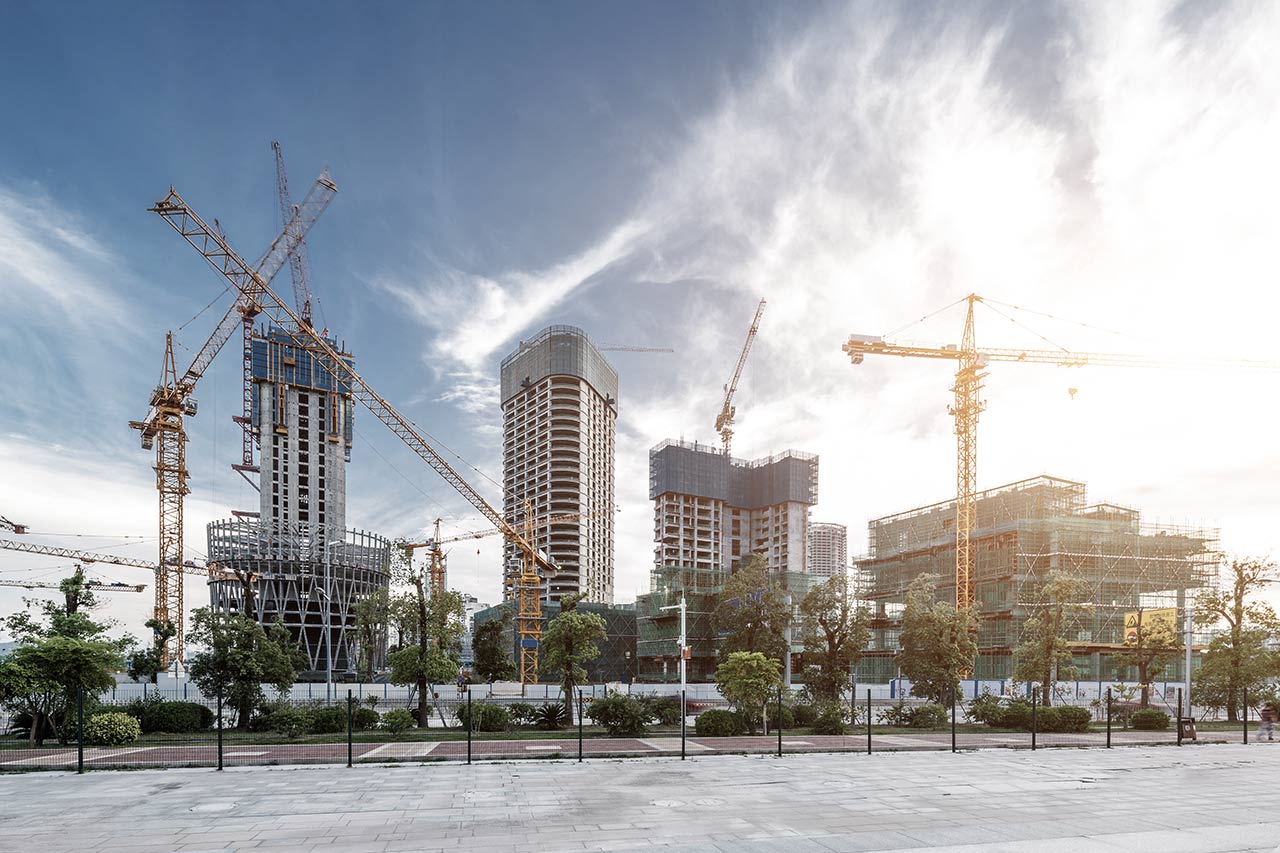Environmental impacts of aviation industry on local communities
The industry impacts the natural environment and opposition to runway expansion is largely due to the impacts of air traffic on communities
Question
A report in the New Civil Engineer (Smale 12th October 2016) suggests that the UK government will shortly issue approval for a third runway at Heathrow immediately, allow Gatwick to expand with a second runway within the next five years and encourage Birmingham airport to progress its proposals for an additional runway. There has been significant opposition to airport expansion in the UK, particularly at Heathrow. What are the environmental impacts of the aviation industry on local communities?
Answer
There are a wide range of benefits of the aviation industry including the fact that this sector improves connectivity, supports the development of trade routes, diverts traffic from the road, rail and shipping routes and enhances freedom of movement and connectivity (Air Transport Action Group, 2014).
However, the industry also has a major impact on the natural environment and it is suggested that opposition to runway expansion in the UK is largely due to the environmental impacts of air traffic on communities within the vicinity of airports or within the flight path of the runways. These impacts include noise, air pollution and severance, disruption to sleep patterns and general disturbance, particularly during take-off and landing. On a wider scale the year-on-year increases in air traffic mean that the industry is having an adverse impact on global environmental issues such as climate change due to increased greenhouse gas emissions and fuel consumption (Brunelle-Yeung et al. 2014; Dessens et al. 2014).
Wolfe et al. (2014) maintain that noise is the single most important impact of air traffic, causing irritation and disturbance in communities that are located within the flight paths to airports and affecting property values in these areas. Air pollution in the vicinity of airports is also a problem and is attributed to the combustion of fossil fuels and the inefficiency of aircraft engines. Typical emissions include carbon dioxide (CO2) nitrogen oxide emissions from due to the inefficient combustion of fossil fuel, the manner in which the aircraft is operated and inefficient air-traffic-management (Dessens et al. 2014). These emissions contribute to climate change and are also linked to human health problems particularly relating to the respiratory and circulatory system (Masiol and Harrison, 2015). Irvine et al. (2016) adds that the airports have wider environmental impacts for example road traffic around Heathrow airport suffers from congestion due to the high volume of traffic on the road network heading to/from the airport. This traffic exacerbates the problems with air pollution, noise and disruption to the quality of life for communities local to the airport.
Martin et al. (2011) add that aircraft and airport activities also adversely affect waterways and ecosystems particularly due to fuel spills and herbicides that are used to manage aircraft grounds which can find their way into ground water through seepage and surface water runoff.
References
Air Transport Action Group, 2014. Aviation Benefits Beyond Borders. [online]. Available at < http://aviationbenefits.org/media/26786/ATAG__AviationBenefits2014_FULL_LowRes.pdf > [accessed 11th October 2016].
Brunelle-Yeung, E., Masek, T., Rojo, J.J., Levy, J.I., Arunachalam, S., Miller, S.M., Barrett, S.R., Kuhn, S.R. and Waitz, I.A., 2014. Assessing the impact of aviation environmental policies on public health. Transport Policy,34, pp.21-28.
Dessens, O., Köhler, M.O., Rogers, H.L., Jones, R.L. and Pyle, J.A., 2014. Aviation and climate change. Transport Policy, 34, pp.14-20.
Graham, W.R., Hall, C.A. and Morales, M.V., 2014. The potential of future aircraft technology for noise and pollutant emissions reduction. Transport Policy, 34, pp.36-51.
Irvine, D., Budd, L., Ison, S. and Kitching, G., 2016. The environmental effects of peak hour air traffic congestion: The case of London Heathrow Airport. Research in Transportation Economics, 67-73.
Masiol, M. and Harrison, R.M., 2015. Quantification of air quality impacts of London Heathrow Airport (UK) from 2005 to 2012. Atmospheric Environment,116, pp.308-319.
Smale, K., 2016. 11th October 2016. New Civil Engineer “Heathrow, Gatwick and Birmingham set to get go ahead”. [online]. Available at < https://www.newcivilengineer.com/latest/heathrow-gatwick-and-birmingham-set-to-get-go-ahead/10012673.article?blocktitle=Most-popular&contentID=-1 >[ accessed 12th October 2016].
Wolfe, P.J., Yim, S.H., Lee, G., Ashok, A., Barrett, S.R. and Waitz, I.A., 2014. Near-airport distribution of the environmental costs of aviation. Transport Policy, 34, pp.102-108.
